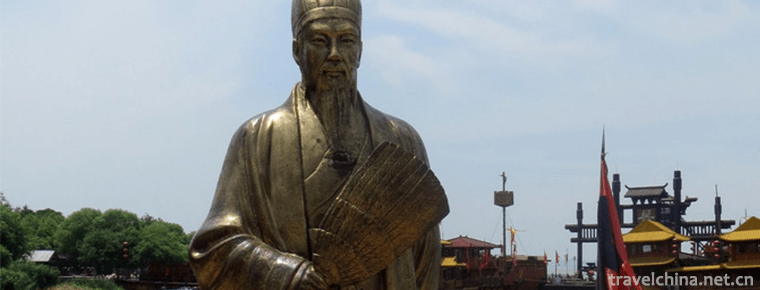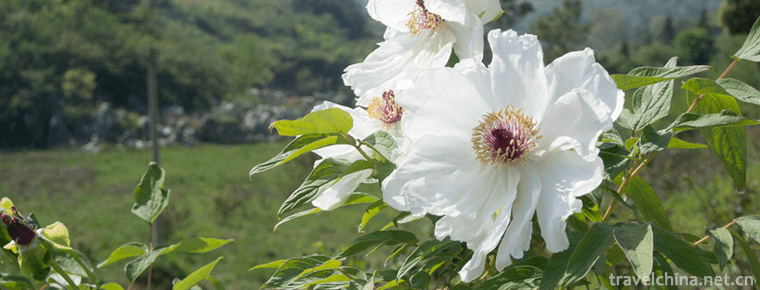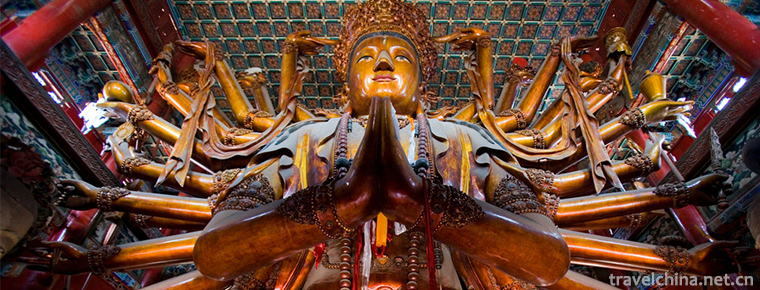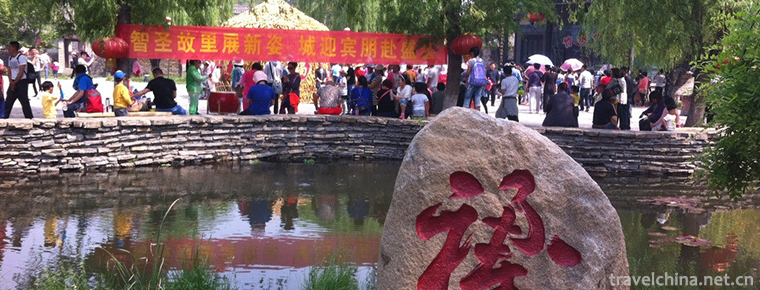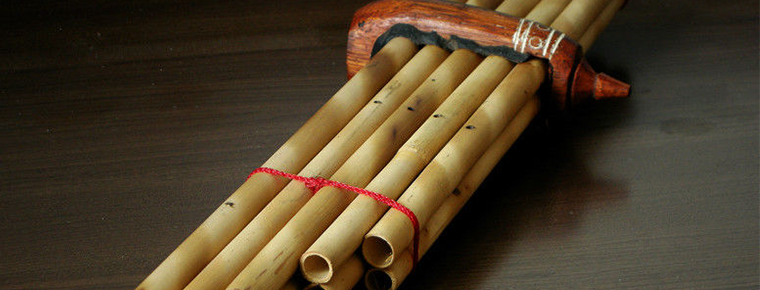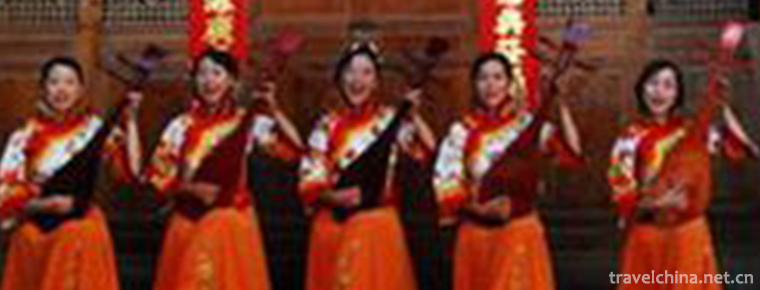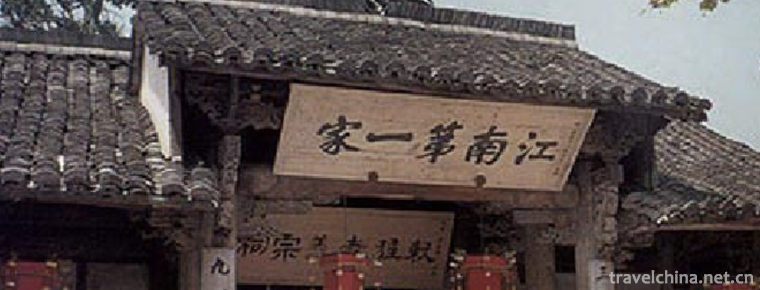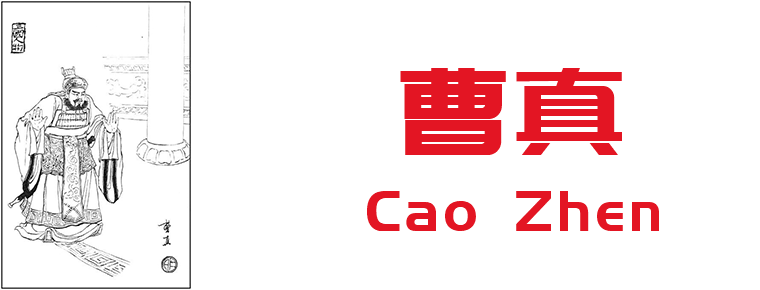Jihua Temple Music
Jihua Temple Music
The music of Zhihua Temple and Beijing originated from the music of court etiquette in Ming Dynasty. It is the only kind of music inherited from generation to generation in China's existing ancient music.
Zhihua temple music has been inherited for more than 570 years, and is known as the "living fossil" of ancient Chinese traditional music. During the reign of Qingdaoguang and Xianfeng, the music of Zhihua Temple gradually spread from the temple to the surrounding areas of Beijing, thus becoming the representative of the northern Buddhist music, which was crowned "Beijing Music" by the people at that time. Jihua Temple Beijing Music has a clear chronology of Gongchi score book, distinctive musical instruments, music and word cards, and performing monks handed down from generation to generation. It is the same as Xi'an Town God's Temple drum music, Kaifeng Da Xiang temple music, Mount Wutai blue and white temple music and Fujian Nanguan, the oldest existing traditional music in our country. On May 20, 2006, Jihua Temple Beijing Music was approved by the State Council to be included in the first batch of national intangible cultural heritage list.
Zhihua Temple was first built in the ninth year of Ming Dynasty (1444). At the beginning, it was built by Wang Zhen, the great eunuch of Ming Yingzong period, who built "houses for temples". Queen Wang Zhenqiao moved part of court music into temples and formed bands for temple Buddhism and some traditional folk activities. This is the origin of the music of Zhihua Temple. During the reign of Qingdaoguang and Xianfeng, the music of Zhihua Temple gradually spread from the temple to the surrounding areas of Beijing, thus becoming the representative of the northern Buddhist music, which was crowned "Beijing Music" by the people at that time. It has been inherited for 562 years and is known as the "living fossil" of ancient Chinese traditional music.
On May 20, 2006, Jihua Temple Beijing Music was approved by the State Council to be included in the first batch of national intangible cultural heritage list.
Zhihua Temple
To understand Beijing music, we must first understand its original environment - Zhihua Temple. Zhihua Temple was built in 1443 A.D. (Ming Ying Zong period). In the second year, the Ying Zong gave the name of "Zhihua Zen Temple", which means "transporting people with Buddha's wisdom". But the funny thing is that the Zhihua Temple was actually the home Temple of Wang Zhen, the director of ceremonial inspectors at that time.
The description of Zhihua Temple in the History of Ming Dynasty is "poorest civil engineering". Even today, it can be seen from the magnificent buildings, exquisite murals and the only relics of Ming Dynasty such as Rotary Collection in Beijing. It was Wang Zhen, the eunuch of the enlightened Dynasty who led to the "Civil Fortress Change". Ming Yingzong was captured by Mongolian La, and he died in the rebellious army. A few years later, Ming Yingzong regained the throne after the change of "seizing the door". In order to cover up his shame, he even built a loyalty temple here for Wang Zhenzhong, who had done great harm to the country and the people. The position of Zhihua Temple in Ming Dynasty is very high. The first three generations of presiding over the temple are all monks with more than four grades, and the incense is very strong. Until the seventh year of the Qianlong reign of the Qing Dynasty, Shen Tingfang, the supervisor of Shandong Road, went to Beijing and passed through the Zhihua Temple. He saw many good men and women who did not know the truth were kowtowing and burning incense for Wang Zhenxiang. Shen Tingfang once participated in compiling Ming History and was very indignant to learn about Wang Zhens crime. So he gave a performance to Qianlong. Qianlong quickly instructed local officials to seal up the Zhihua Temple, knock down Wang Zhens stone tablets, and eradicate all the places inscribed with Wang Zhens name. For Zhihua Temple, this is undoubtedly a heavy blow. Later, when the Eight-Power Allied Forces invaded Beijing, they lived in Zhihua Temple and destroyed it. The temple has been forgotten by history, but it retains the most complete wooden architectural complex of Ming Dynasty style for Beijing. It is also a temple integrating music, Buddhist scriptures, murals and other Buddhist arts.
Beijing Music
The traditional music of Zhihua Temple, also known as Beijing Music and Zhihua Temple Music, originated from the court etiquette music of the Ming Dynasty. It is the only kind of music inherited from generation to generation in the existing ancient music of our country, and it is well preserved up to now. Jihua Temple Beijing Music has a clear chronology of Gongchi score book, distinctive musical instruments, music and word cards, and performing monks handed down from generation to generation. It is the oldest music in our country, like drum music in Xi'an, Kaifeng, Town God's Temple, Fujian, and Fujian. The ruler spectrum of Zhihua Temple has a chronology. The earliest one was transcribed by Yongqian, a 15-generation artistic monk, in the thirty-third year of Kangxi. In the 1950s, a monk found this precious music book while tidying up his Sutra cabinet and sent it to the famous musician, Mr. Yang Yinliu. Mr. Yang Yinliu, after comparing the score book with the music played by artistic monks of the 25th and 26th dynasties in the monastery, found that compared with the music of hundreds of years ago, it remained very complete and did not involve in any evolution. From this point of view, the academia has deduced that the music of Zhihua Temple, which lasted for 560 years, has not evolved at all.
artistic characteristics
The music of Zhihua Temple Beijing has distinct artistic characteristics: solemn, simple and elegant music style, huge and standard music structure, rich playing techniques and huge repertoire.
It has high requirements in inheritance, does not add, delete and change at will, and pays attention to the protection of inheritance. The Jihua temple music faithfully preserves the basic style of Chinese traditional music and provides a typical vivid example for the study of the connotation and changes of Chinese traditional culture. From the available data, most scholars believe that Beijing music is related to ancient music in Tang and Song Dynasties.
It preserved the old system of Song and Ming Dynasty in many aspects, such as repertoire, musical instruments, palace tunes and playing methods.
Representative Works
Traditional repertoires include "Happy Autumn Wind", "Take Swan", "Qingjiang Yin", "Plum Blossom Yin", "Xiaohua Yan", "Drunken Weng Zi" and so on. Since the 1950s, many famous musicians in China have studied the music of Zhihua Temple and Beijing, and achieved fruitful results.
There are 48 musical repertoires in Zhihua Temple. In the magnificent court music and extraordinary Buddhist music, some of the traditional folk music's enthusiasm and liveliness are merged. This can be seen from the names of the existing word tags, such as Qingjiang Yin, Qianqiu, Jinzijing, Huayan Lantern Zan, Rolling Hydrangea, Shuiyaer, etc.
There are eight kinds of musical instruments used in the Beijing music of Zhihua Temple, each of which is called Yungong, Dangzi, cymbals, zi, pipes (formerly known as gongs), Sheng and flute. But in some respects, it is different from common folk instruments. For example, the Sheng of the Zhihua Temple is the seventeen full reeds. The flute also has a high pitch. Guan Guan, the main musical instrument of Beijing music, has eight holes in Chinese folk music and nine holes in Zhihua Temple (the first seven holes and the last two holes). Yungong, also known as Jiuyin gong, was first made in the Ming Dynasty. Its sound is mellow and beautiful. It is also called a cultural relic. Dangzi, playing with hammer tapping, soft voice, unique.
There are about 300 pieces of music in Beijing, but up to now there are only 48 pieces of music. Its musical instruments are divided into two categories: one is playing instruments, mainly pipe, Sheng, flute; the other is playing instruments, such as Yungong, drum, clang, cymbals, cymbals, zi, etc. The orchestra is composed of 9 people and 14 instruments.
Inheritance Significance
Since the 1950s, many famous musicians in China have studied the music of Zhihua Temple and Beijing, and achieved fruitful results.
Jihua Temple Music has been rescued by the government, musicians and Buddhists since the 1980s. In March 1986, with the support of Panchen Master and Chairman Zhao Puchu of Buddhist Association, the Beijing Buddhist Music Orchestra was formed based on the Beijing music of Zhihua Temple. The Orchestra also visited many foreign countries for performances.
But there are still many problems that are difficult to solve. Most of the 26 generations of old artistic monks in Zhihua Temple passed away, and the living Benxing, Fuguang and old age have reached a high level. The 27 generations'inheritance needs to be improved urgently in technology. The tremendous changes in the current society make the development of Jihua temple music difficult. In the past two years, with the efforts of many parties, 45 pieces of music have been recorded in time. However, the number of Jihua temple music inheritors is still very scarce, the band can not reach the original scale, the tone and content level is single, far from showing the original style of ancient music.
In addition, the disappearance of Royal relatives and noble strata resulted in the complete loss of Buddhist reciprocity in the upper class of Zhihua Temple music. Secondly, the technology of the 27th generation of inheritors of Zhihua Temple needs to be improved urgently. Moreover, the cultural life of the current society is becoming richer and richer, and the interest in Jihua temple music is becoming weaker and weaker, which makes the development of Jihua temple music difficult. Moreover, the number of inheritors of Jihua temple music is still very scarce, the band can not reach the original scale, and percussion music is still facing the dilemma of losing its inheritance.
The state attaches great importance to the protection of intangible cultural heritage. On May 20, 2006, Jihua Temple Music was approved by the State Council and listed in the first batch of national intangible cultural heritage list.
Relevant definitions
Music is not transmitted by preaching, but by edifying and infecting, which influences people's soul imperceptibly and makes them more nourished by beauty.
What is music? Music is related to people's life interest, aesthetic interest, speech, behavior, interpersonal relationship and so on. Therefore, noble music and low-cost music have different effects on people. Music is the art of expressing, expressing and reposing people's feelings. Whether it is singing, playing or listening, it contains a lot of factors related to people's feelings. Why can music express people's feelings? Because of the connection or overlap between sound and sound, it produces high and low, dense, strong and weak, shade, light and dark, rigid and soft, fluctuation, disconnection and so on. It has a certain relationship with human pulse rhythm and emotional fluctuation. Especially for people's psychology, it will play a role that can not be described in words.
Broadly speaking, music is the sound arranged in any artistic, pleasant, sacred or other way. The so-called definition of music is still controversial, but it can usually be interpreted as a series of temporal organizations with different scales of rhythm, melody and harmony.
Music can be experienced in several ways. The most traditional way is to listen to musicians'performances on the spot. Live music can also be played by radio and television, similar to listening to tapes or watching music videos. Sometimes live performances are mixed with pre-recorded recordings, such as the frictional sounds made by DJ on records. Of course, you can also make your own music by singing, playing musical instruments or composing less rigorous music.
Even deaf people can experience music by feeling the vibration of their bodies. The most famous example of a deaf musician is Beethoven. Most of his famous works were created after he completely lost his hearing.
People go to music classes when they want to learn music. Musicology is a broad field of historical science which studies music, including music theory and music history.
Music as an ancient art, each culture also has its own unique music system. Ethnomusicology is a subject which takes this field as the object of discussion. Music has no boundaries. No matter what country you are from, what language you speak and what kind of music you hear, you will understand the author's mind.
Origin of Music
When did human society begin to have music? The use of sound heights is known before human beings have produced language.
Music score is low, strong or weak to express their own meaning and feelings. With the development of human labor, the chant of unifying the rhythm of labor and the call of transmitting information to each other gradually came into being, which is the most primitive music embryonic form. When people celebrate the harvest and share the fruits of labor, they often knock on stone and wood tools to express their joy and joy, which is the embryonic form of primitive musical instruments.
Jihua Temple Beijing Music Performance, Jihua Temple in the east of Lumicang Hutong, Dongcheng District of Beijing, take No. 24, 674 bus Lumicang to get off, ticket 20 yuan, students and the elderly over 60 years old in Beijing half price (foreign elderly card does not enjoy this policy) Wednesday, 200 free tickets, until the end of invoice. The performance starts at full time, 15 minutes at a time.
Relevant characteristics
major types of music
Fundamental elements of music: Fundamental elements of music refer to various elements that constitute music, including pitch, length, intensity and color. These basic elements are combined to form the "formal elements" commonly used in music, such as rhythm, melody, harmony, strength, speed, mode, musical form, texture, timbre and so on. Formal elements constituting music are the means of expression of music. The basic elements of music are rhythm and melody.
Brief Introduction of Elements
2.1. Rhythm: The rhythm of music refers to the length and strength of sounds in music movement. The rhythm of music is often compared to the skeleton of music. Metrology is the periodic and regular repetition of beat and beat in music. Chinese traditional music calls rhythm "plate eye", "plate" is equivalent to strong beat; "eye" is equivalent to sub-strong beat (middle eye) or weak beat.
2.2. Melody: Melody is also called melody. The ups and downs of the music are organized horizontally and orderly according to a certain rhythm to form a tune. Melody is one of the most important means of expression in a complete musical form. The direction of the tune is changeable. There are three basic directions: horizontal, upward and downward. The direction of the same tone is called horizontal; from bass to treble, upward; from treble to bass, downward. The common ways of tune progression are "homophonic repetition", "progressive" and "jump in". According to the adjacent tones of the scale, it is called: progressive, three-degree jump: small jump, four-degree jump and more than four-degree jump: big jump.
2.3. Harmony: Harmony includes "chord" and "harmony proceeding". A chord is usually a combination of three or more sounds that overlap longitudinally (simultaneously) according to certain rules. The transverse organization of a chord is harmony. Harmony has obvious color effects of strong, light, thick and thin; it also has the function of forming clauses, segments and ending music.
2.4. Strength: The intensity of the baritone in music.
2.5. Speed: The speed of music.
2.6. Mode: The tones used in music are connected according to a certain relationship. These tones form a system centered on a single tone (the main tone), which is called mode. Such as major mode, minor mode, Chinese pentatonic mode, etc. The tones in the mode are arranged from the main tone down to the high, which forms the scale.
2.7. Musical Form: The Lateral Organizational Structure of Music.
2.8. Texture: The combination form of each voice part in a polyphonic work (including vertical and horizontal combination).
2.9, timbre: timbre can be divided into timbre of human voice and timbre of musical instrument. In human voice color, it can be divided into children's voice, female voice, male voice and so on. There are many different timbres of musical instruments. In music, sometimes only single timbre is used, sometimes mixed timbre is used.
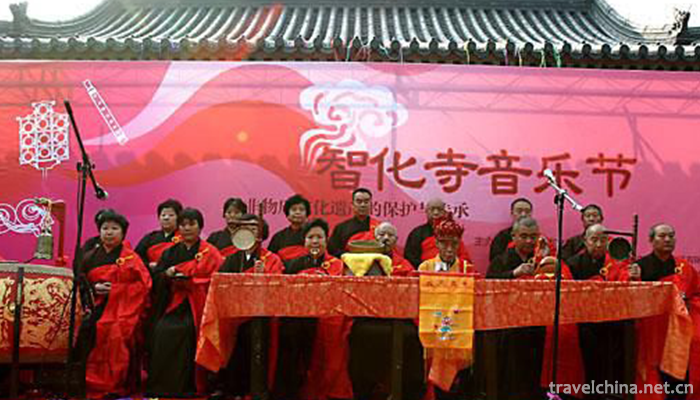
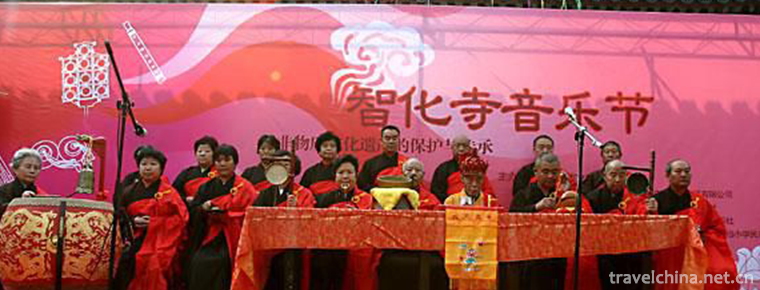
Jihua Temple Music
-
Mandarin Oriental Pudong Shanghai
Mandarin Oriental Hotel Group is an international hotel investment and management group. It owns top luxury hotels and resorts all over the world.
Views: 576 Time 2018-12-16 -
Water Margin City Scenic Area of the Three Kingdoms
The Wuxi Film and Television Base of CCTV is the first large-scale film and television shooting and tourism base in China. Founded in 1987, it is the first theme park in China that combines film and t
Views: 174 Time 2018-12-18 -
Yashan Huahai Stone Forest
Yashan Huahai Stone Forest Tourist Area, located in Nanling County, Wuhu City, Anhui Province, is one of the important scenic spots in Anhui's "two mountains and one lake" tourism economic c
Views: 177 Time 2018-12-20 -
Poyang Lake National Nature Reserve
Jiangxi Poyang Lake National Nature Reserve is located in the north of Jiangxi Province. It is a nature reserve for wildlife protection. The main protected objects are rare migratory
Views: 213 Time 2019-02-07 -
Puning Temple
Puning Temple is located in Chengde City, Hebei Province. It was built in the Qianlong period of the Qing Dynasty. The first half of the temple is Han-style,
Views: 187 Time 2019-02-07 -
Zhuquan Village Tourist Resort
Zhuquan Village Resort is located in the north of Yinan County, Shandong Province, 12 kilometers away from the county. It was called Quanshangzhuang in Yuan and Ming Dynasties and was renamed Zhuquan
Views: 181 Time 2019-03-21 -
Lusheng music
Lusheng is one of the core musical instruments in Miao traditional music culture. In the long history of Miao music practice, its cultural function is not limited to universal musical instruments, bec
Views: 119 Time 2019-05-15 -
Nanping Opera
Nanping Opera is a folk art popular in the area of Jiuzhaigou County (former Nanping County) on the Northwest Plateau of Sichuan Province. It was once called "Nanping Pipa Playing and Singing&quo
Views: 312 Time 2019-06-07 -
Construction Techniques of Wuzhou Traditional Residential Buildings
On June 7, 2008, Wuzhou traditional residential construction techniques were approved by the State Council and listed in the second batch of national intangible cultural heritage list.
Views: 216 Time 2019-06-30 -
Cao Zhen
Cao Zhen(? - 231 years' name, Qin Zhen, Zi Dan. Pei country Qiao County (now Anhui) Bozhou City) people. Three countries Time Cao Wei Famous soldier, Emperor Wei Wu Cao Cao Foster son.
Views: 189 Time 2019-09-15 -
Rongxian Gaoshiti Forest Park
The landform of Gaoshiti Forest Park is peculiar, with boulders, odd peaks, valleys and streams forming a typical natural landscape of low mountain landform in southern Sichuan. Gaoshiti Forest Park covers a total area of 182.13 hectares. It was approved as a provincial forest park by the provincial forestry department in 1993.
Views: 179 Time 2020-10-15 -
Mineral resources in Yibin
There are 44 kinds of mineral resources discovered and evaluated in Yibin, 305 mineral areas. Among the 23 kinds of proved reserves with E-class reserves, there are 6 kinds of large-scale mining value
Views: 145 Time 2020-12-18

